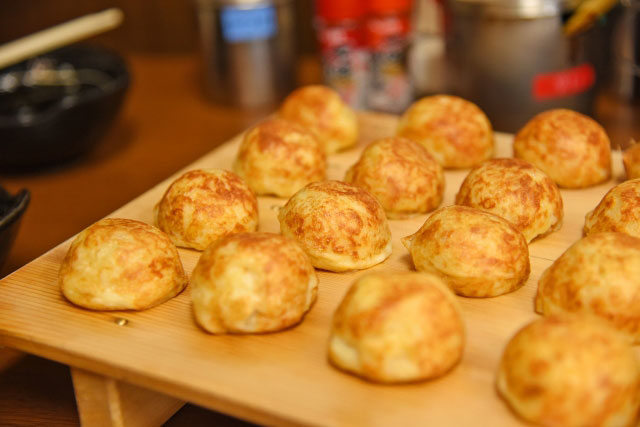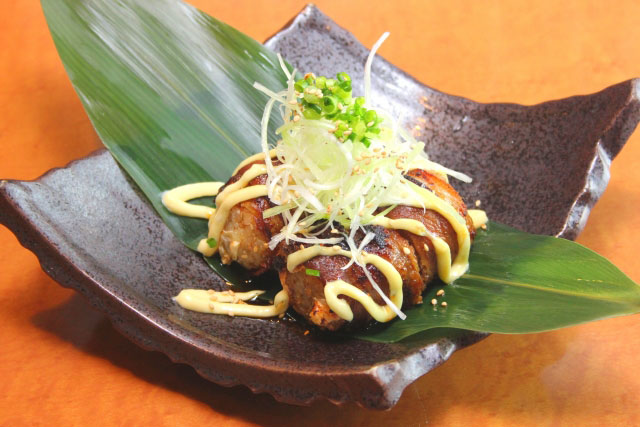Tag: foodtour

A Food Lover’s Tour of Japan – Hyogo and Akashiyaki
Read more: A Food Lover’s Tour of Japan – Hyogo and AkashiyakiIn the western part of Japan’s Honshu Island, Hyogo Prefecture encapsulates the beauty and grandeur…
A Food Lover’s Tour of Japan – Kagawa and Sanuki Udon
Read more: A Food Lover’s Tour of Japan – Kagawa and Sanuki UdonIt’s the perfect time of year for luscious noodles in hot, savory broth. And Kagawa…

A Food Lover’s Tour of Japan – Miyazaki for Shochu & Nikumaki Onigiri
Read more: A Food Lover’s Tour of Japan – Miyazaki for Shochu & Nikumaki OnigiriAs the seasons bring cold weather, we travel to Miyazaki Prefecture, located in the southern…
A Food Lover’s Tour of Japan – Asakusa Area, Tokyo
Read more: A Food Lover’s Tour of Japan – Asakusa Area, TokyoWe’ve waited many months, but our Food Lover’s Tour of Japan finally brings us to…
A Food Lover’s Tour of Japan – Tacorice in Multicultural Okinawa Prefecture
Read more: A Food Lover’s Tour of Japan – Tacorice in Multicultural Okinawa PrefectureSun, sea, nature, culture… Okinawa is the southernmost prefecture in Japan, and our destination this…
A Food Lover’s Tour of Japan – Hokkaido Prefecture with Rich, Savory Genghis Khan
Read more: A Food Lover’s Tour of Japan – Hokkaido Prefecture with Rich, Savory Genghis KhanWe’re exploring Hokkaido Prefecture this month on our Food Lover’s Tour! Hokkaido Prefecture is the…
